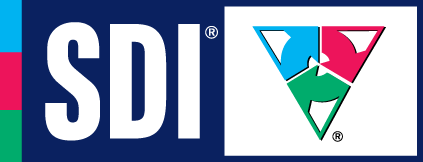Using SDI® to increase team effectiveness
At Navanter Knowledge Bites, one of our areas of expertise is team-building and conflict resolution. In a way, these are two sides of the same coin:
- teams become more effective as they become more cohesive
- teams become less effective if conflict is present
Both cohesion and conflict within a team environment are driven by individuals' senses of self-worth. Effective teamwork, therefore, is driven by people's contribution to feelings of self-worth in team-mates. Unfortunately, it's hard enough to understand what contributes to our own feelings of self-worth, without having to worry about other people's as well.
And this is where the SDI® (Strength Deployment Inventory®) comes in. This well-respected tool helps individual's to understand their motivators in work, relationships and personal development, as well as opening windows to others' motivational values. By working through a self-assessment and numerous hands-on exercises, participants in an SDI® session understand how their behaviours are driven by their Motivational Value System®, and how those behaviours manifest themselves in different ways under different circumstances. The interactivity within the group amongst different types of participant shows how a behaviour that one person sees as positive might be seen in a more negative light by others, therefore creating conflict.
The output of an SDI® session is a group of participants who have a new level of understanding of:
- themselves
- their team-mates
- complex relationships within organisational groups
...leading to improved productivity through cohesive, complementary teams of people.
This enhanced insight can be used in many situations, including personal development, coaching, sales, leadership, training and more. Speak to us today about how an SDI assessment can take your teams to a new level, from the CEO right down to the new trainee.




Comments
Post a Comment